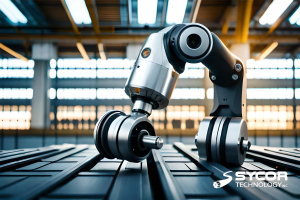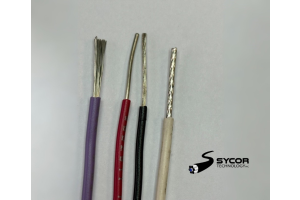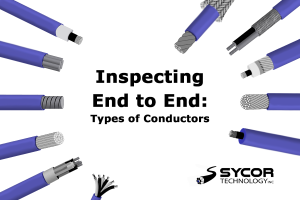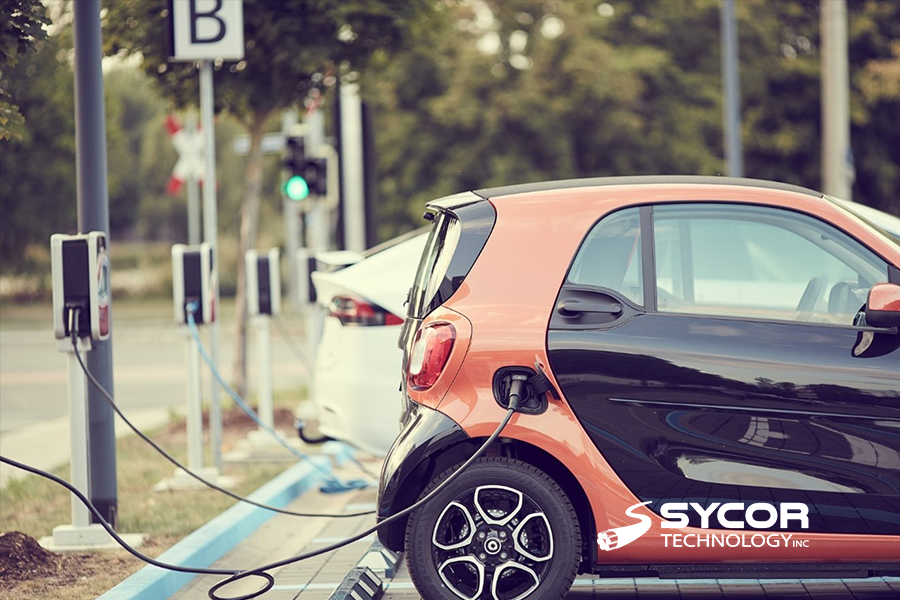
Electric Car Chargers
One of the new growing trends in the wire and cable industry is in the automotive wire, specifically for charging electric vehicles. Tesla is predominantly the main reason for this change, being one of the first and by far the most popular car company to release a fully electric car. With the first official launch in 2008, Tesla and its competitors had to address the issue of long-distance trips. With the current generation meeting being able to last 250 miles to 400 miles, the first generation models were significantly less with a maximum of 200-250 miles per charge. With limited charging stations, electrical car chargers are consistently being upgraded in different ways.
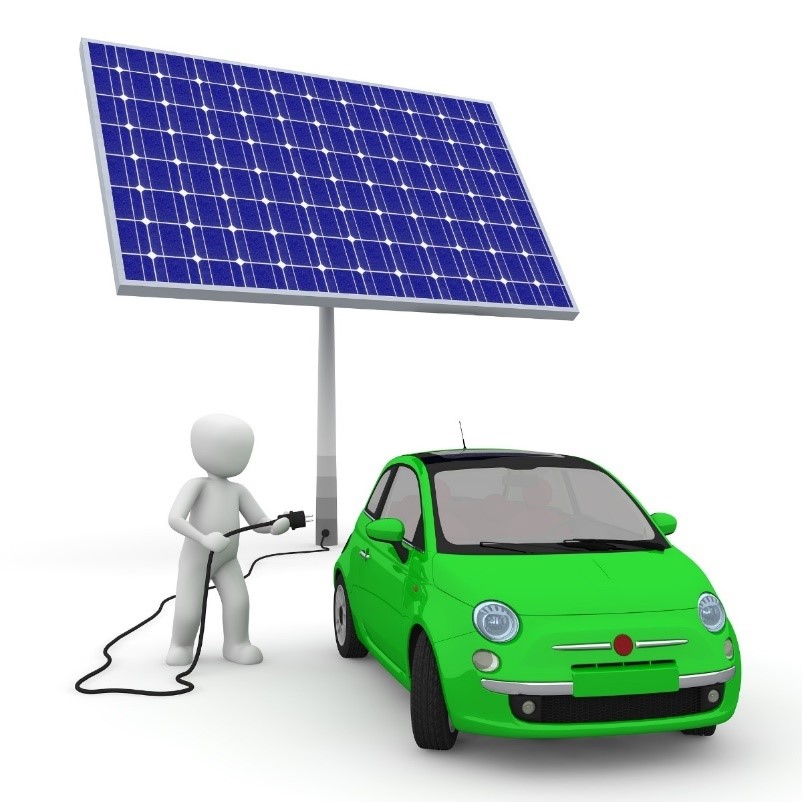
Over the years, just like Apple and their iPhone chargers, electric car companies often switch up the charging connector, and sometimes the entire construction to meet new charging speeds.
Different Level Chargers
The two standard at-home chargers that are currently available.
- Level 1: These are 120V outlet chargers and can be set up with any traditional outlet. The level 1 charger is also the charger that will typically come with the car upon purchase. The charging rate for this model is 200 kilometres (124 miles) in 20 hours.
- Level 2: The level 2 charger is sold separately from the car but is often purchased simultaneously. This type of charger requires more than just the traditional at-home outlet. Level 2 car chargers used a 240V outlet and increased the charging rate by 3-7 times. All chargers are equipped with the SAE J1772 connector and are typically installed by a technician.
- Level 3: The level 3 chargers are known as superchargers and are typically only available at charging stations. These stations can fully charge an electric car in about 30 minutes, depending on the battery size.
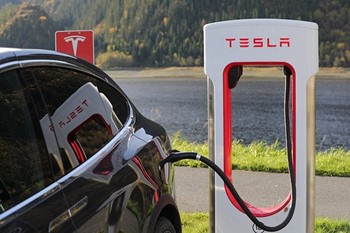
Benefits of Electrical Chargers in North America:
- Quebec's 30% less expensive to charge an electric vehicle at home than at a public charger, and six times less expensive to drive 100 km (62 miles) on electricity than on gas.
- It is roughly 65% less expensive to charge at home in Ontario than at a public charger and five times less expensive to drive 100 km (62 miles) on electricity than on gas.
- In British Columbia, it is roughly 30% cheaper to charge at home than at a public charger and five times less expensive to drive 100 km (62 miles) on electricity than on gas.
- In the United States depends on where you live, given there are vastly different costs for oil and electricity in different states.
Which Connectors Are Available for Public Charging?
Different Level Car Chargers
The two standard at-home chargers that are currently available.
- Level 1: These are 120V outlet chargers and can be set up with any traditional outlet. The level 1 charger is also the charger that will typically come with the car upon purchase. The charging rate for this model is 200 kilometres (124 miles) in 20 hours.
- Level 2: The level 2 charger is sold separately from the car but is often purchased simultaneously. This type of charger requires more than just the traditional at-home outlet. Level 2 car chargers used a 240V outlet and increased the charging rate by 3-7 times. All chargers are equipped with the SAE J1772 connector and are typically installed by a technician.
- Level 3: The level 3 chargers are known as superchargers and are typically only available at charging stations. These stations can fully charge an electric car in about 30 minutes, depending on the battery size.
Connector Types
 |
 |
 |
 |
|
Connector: Port J1772 Level: 2 Compatibility: 100% of electric cars Tesla: With adapter |
Connector: CHAdeMO Level: 3 Compatibility: Check specifications of your EV Tesla: With adapter |
Connector: SAE Combo CCS Level: 3 Compatibility: Check specifications of your EV Tesla: No |
Connector: Tesla HPWC Level: 2 & 3 Compatibility: Only Tesla Tesla: Yes |
Wall Plugs
 |
 |
 |
|
Wall Plug: Nema 515, Nema 520 Level: 1 Compatibility: 100% of electric cars, Charger is required |
Connector: Nema 1450 (RV plug) Level: 2 Compatibility: 100% of electric cars, Charger is required |
Connector: Nema 6-50 Level: 2 Compatibility: 100% of electric cars, Charger is required |
In the last decade, the electric car has gone from virtually none existent to one of the biggest developments of the century. With immense pressure being put on governments worldwide to lower greenhouse gases and fossil fuel consumption, the popularity has continued to grow, while technological developments constantly push new limits. With new electric cars having increased charging speeds, battery efficiency, and overall performance, the capabilities of the electric car will continue to new heights. With countries like the U.S. pushing for zero emissions by 2050, the electric car and the associated charging stations will continue to gain popularity worldwide.
For more information about us:
Call Toll Free - 1.800.268.9444 or Email Us - [email protected]

